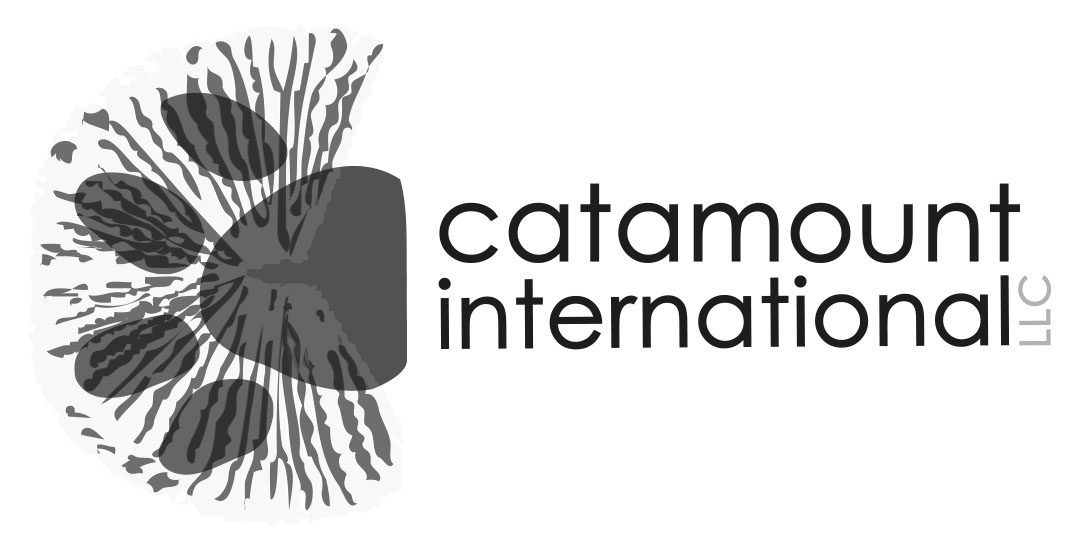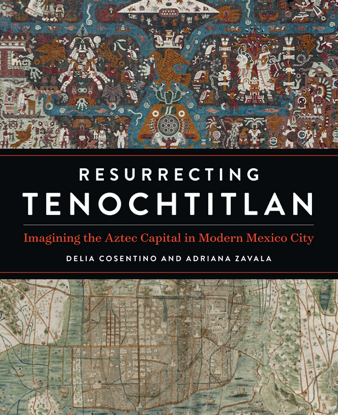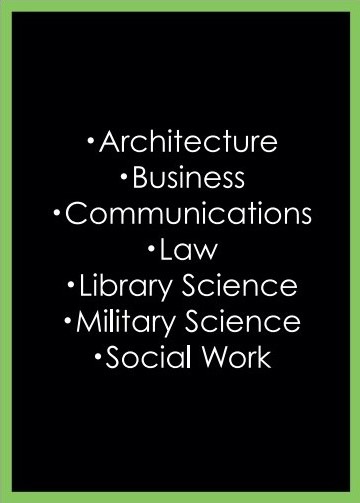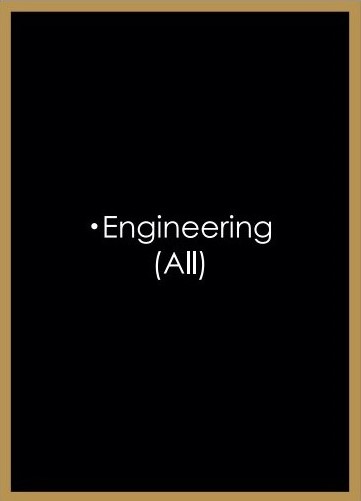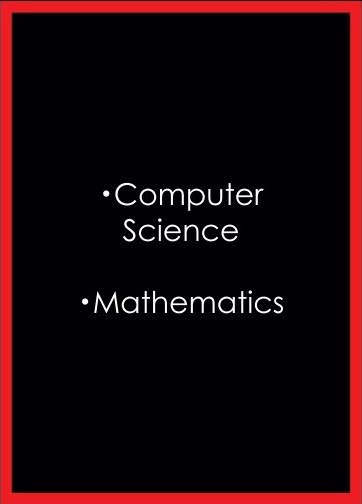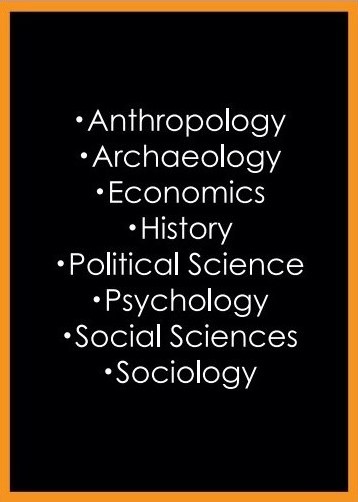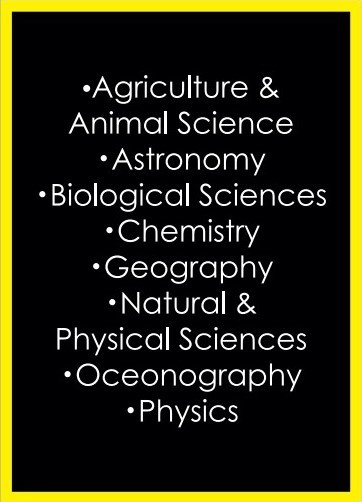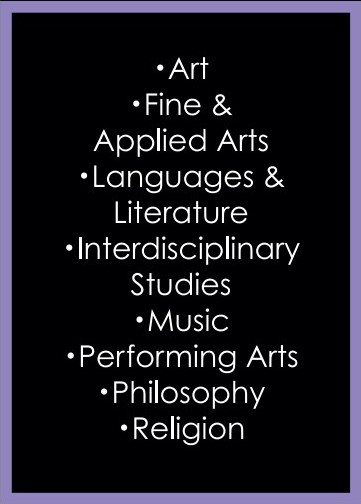Resurrecting Tenochtitlan
Breve Descripción
Después de que arqueólogos redescubrieran una esquina del Templo Mayor en 1914, artistas, intelectuales y funcionarios gubernamentales intentaron revivir Tenochtitlan como un instrumento para reevaluar la identidad nacional mexicana, tras la Revolución de 1910. Lo que siguió fue una excavación conceptual de la capital mexica en relación con el paisaje urbano en transformación de la Ciudad de México moderna, creando asi una nueva identidad para la Ciudad a través de sus vínculos con la Tenochtitlán mexica.
Breve descrição
Depois que os arqueólogos redescobriram um canto do Templo Mayor em 1914, artistas, intelectuais e funcionários do governo buscaram reviver Tenochtitlán como uma ferramenta para reavaliar a identidade nacional mexicana, após a Revolução de 1910. O que se seguiu foi uma escavação conceitual da capital mexicana em relação com a transformação da paisagem urbana da moderna Cidade do México, criando assim uma nova identidade para a cidade por meio de seus vínculos com a Mexica Tenochtitlán.
Full description
How Mexican artists and intellectuals created a new identity for modern Mexico City through its ties to Aztec Tenochtitlan.
After archaeologists rediscovered a corner of the Templo Mayor in 1914, artists, intellectuals, and government officials attempted to revive Tenochtitlan as an instrument for reassessing Mexican national identity in the wake of the Revolution of 1910. What followed was a conceptual excavation of the original Mexica capital in relation to the transforming urban landscape of modern Mexico City.
Revolutionary-era scholars took a renewed interest in sixteenth century maps as they recognized an intersection between Tenochtitlan and the foundation of a Spanish colonial settlement directly over it. Meanwhile, Mexico City developed with modern roads and expanded civic areas as agents of nationalism promoted concepts like indigenismo, the embrace of Indigenous cultural expressions. The promotion of artworks and new architectural projects such as Diego Rivera’s Anahuacalli Museum helped to make real the notion of a modern Tenochtitlan. Employing archival materials, newspaper reports, and art criticism from 1914 to 1964, Resurrecting Tenochtitlan connects art history with urban studies to reveal the construction of a complex physical and cultural layout for Mexico’s modern capital.
Technical Professional & Applied Sciences
otras áreas de / interés...
other areas of / interest...
outras áreas de interesse...
¿Buscas un título en un área específica?
¿Buscas un título en un área específica?
¿Procurando livros em uma área específica?



